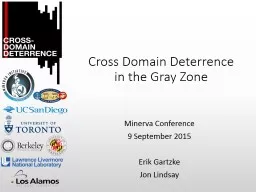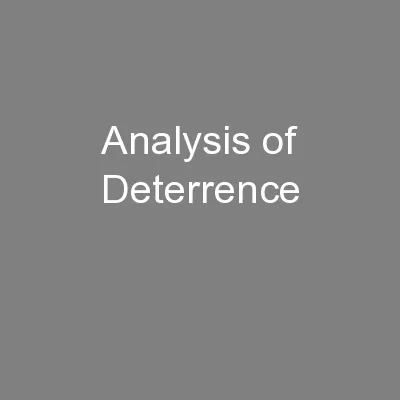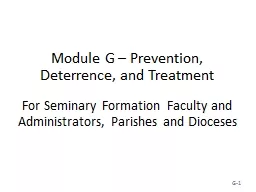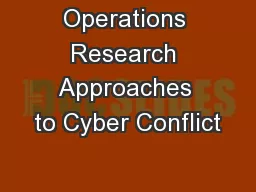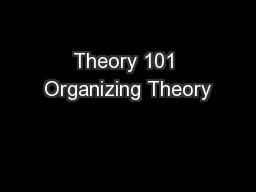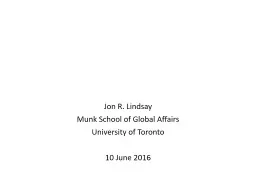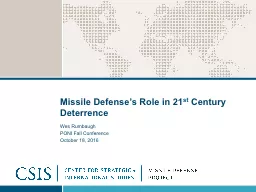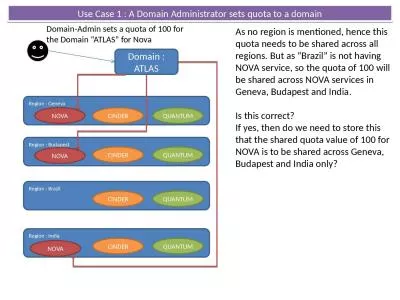PPT-Cross Domain Deterrence in the Gray Zone
Author : lindy-dunigan | Published Date : 2019-11-24
Cross Domain Deterrence in the Gray Zone Minerva Conference 9 September 2015 Erik Gartzke Jon Lindsay Cold War Deterrence Defense vs Deterrence N uclear weapons
Presentation Embed Code
Download Presentation
Download Presentation The PPT/PDF document "Cross Domain Deterrence in the Gray Zone" is the property of its rightful owner. Permission is granted to download and print the materials on this website for personal, non-commercial use only, and to display it on your personal computer provided you do not modify the materials and that you retain all copyright notices contained in the materials. By downloading content from our website, you accept the terms of this agreement.
Cross Domain Deterrence in the Gray Zone: Transcript
Download Rules Of Document
"Cross Domain Deterrence in the Gray Zone"The content belongs to its owner. You may download and print it for personal use, without modification, and keep all copyright notices. By downloading, you agree to these terms.
Related Documents

